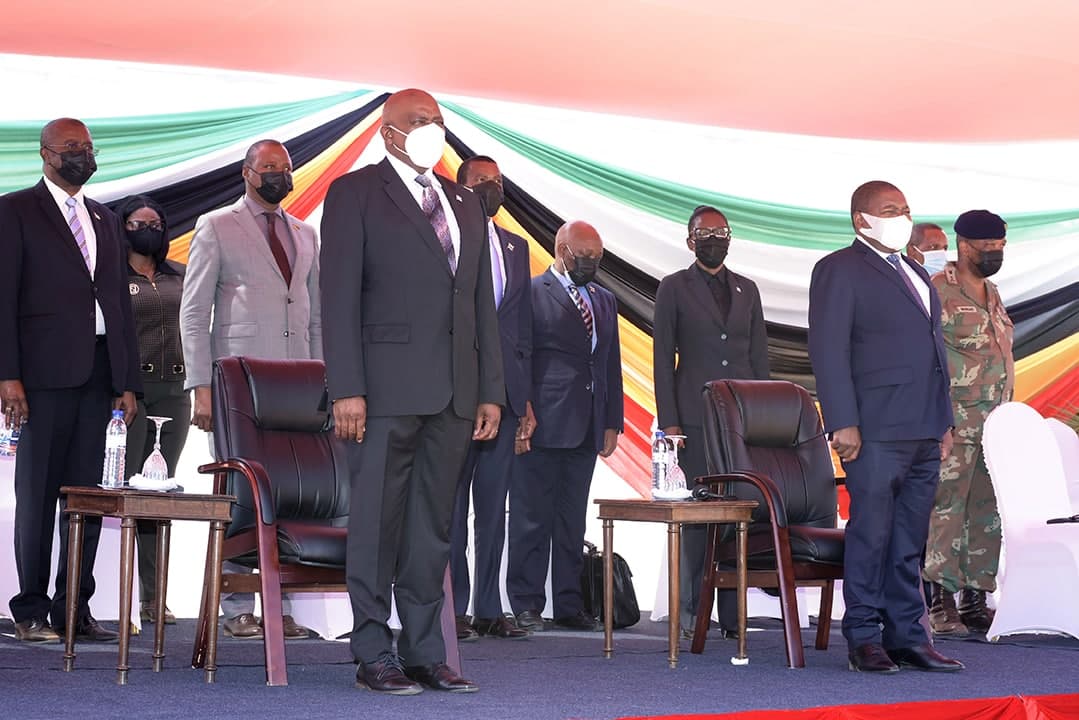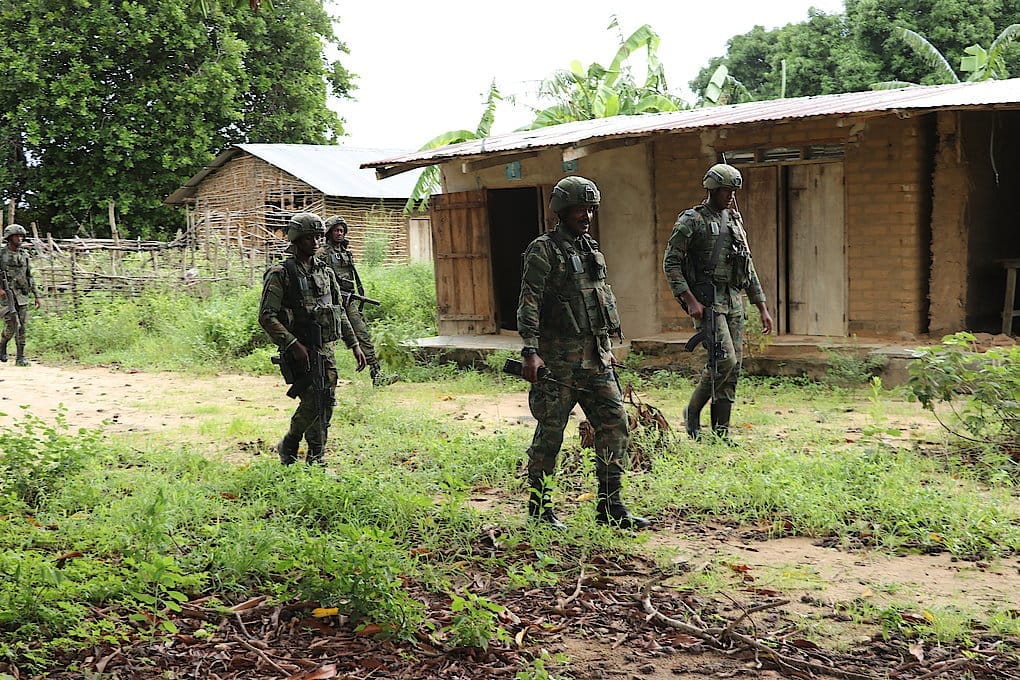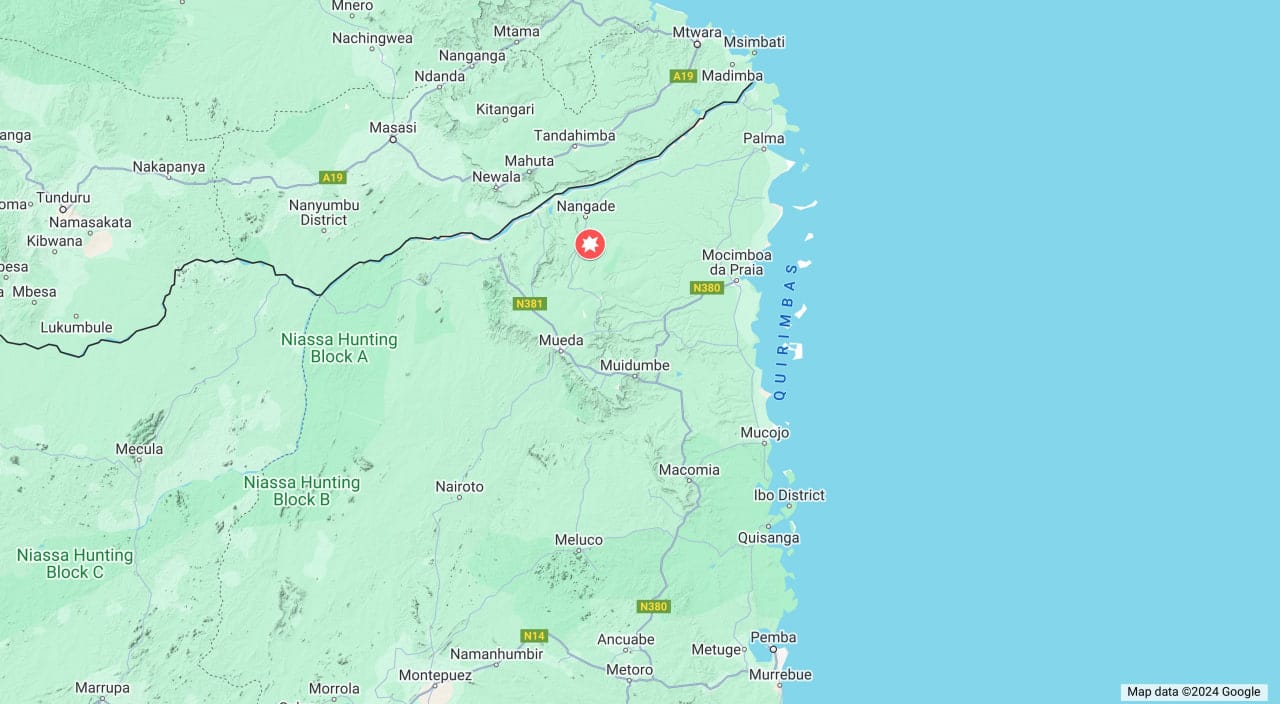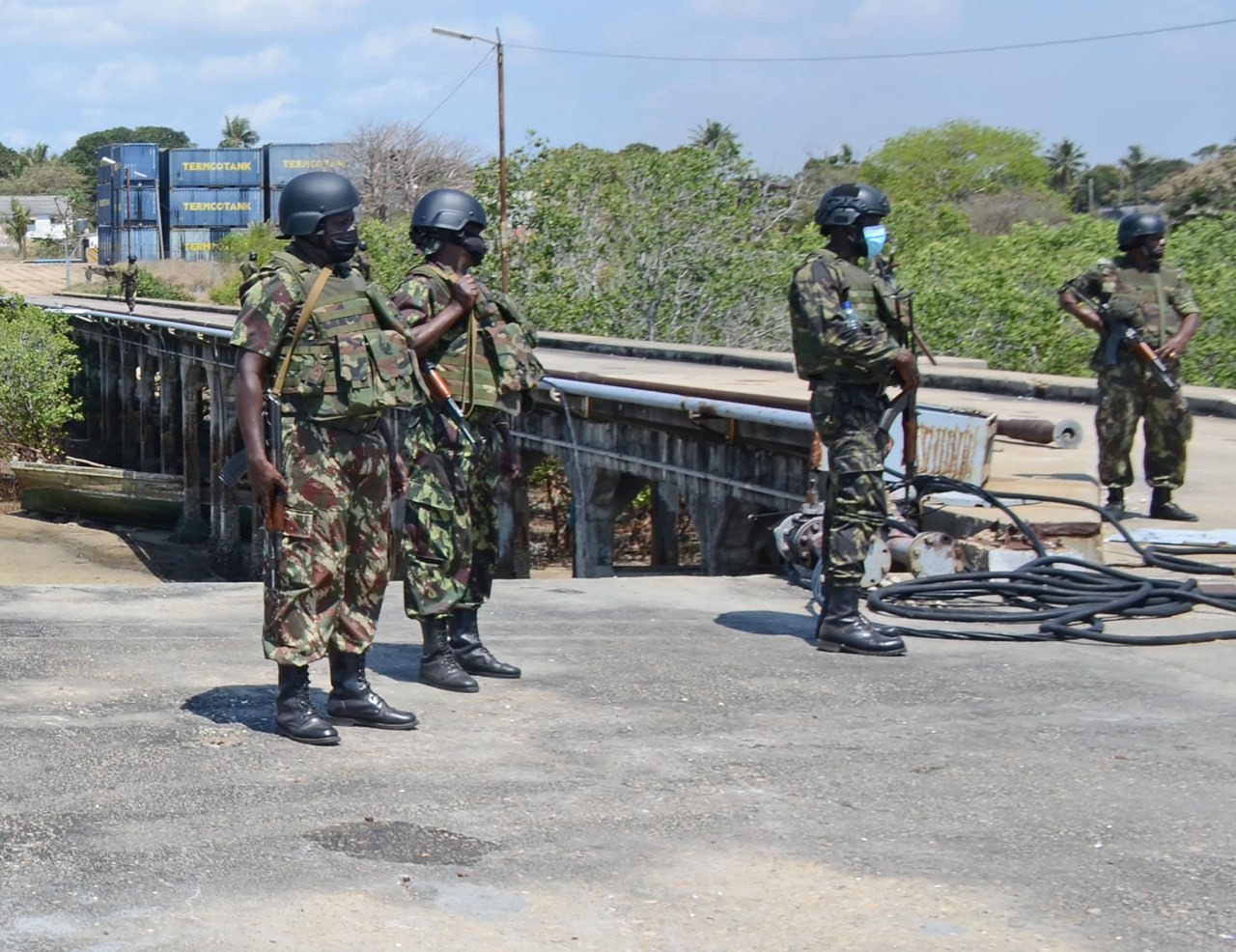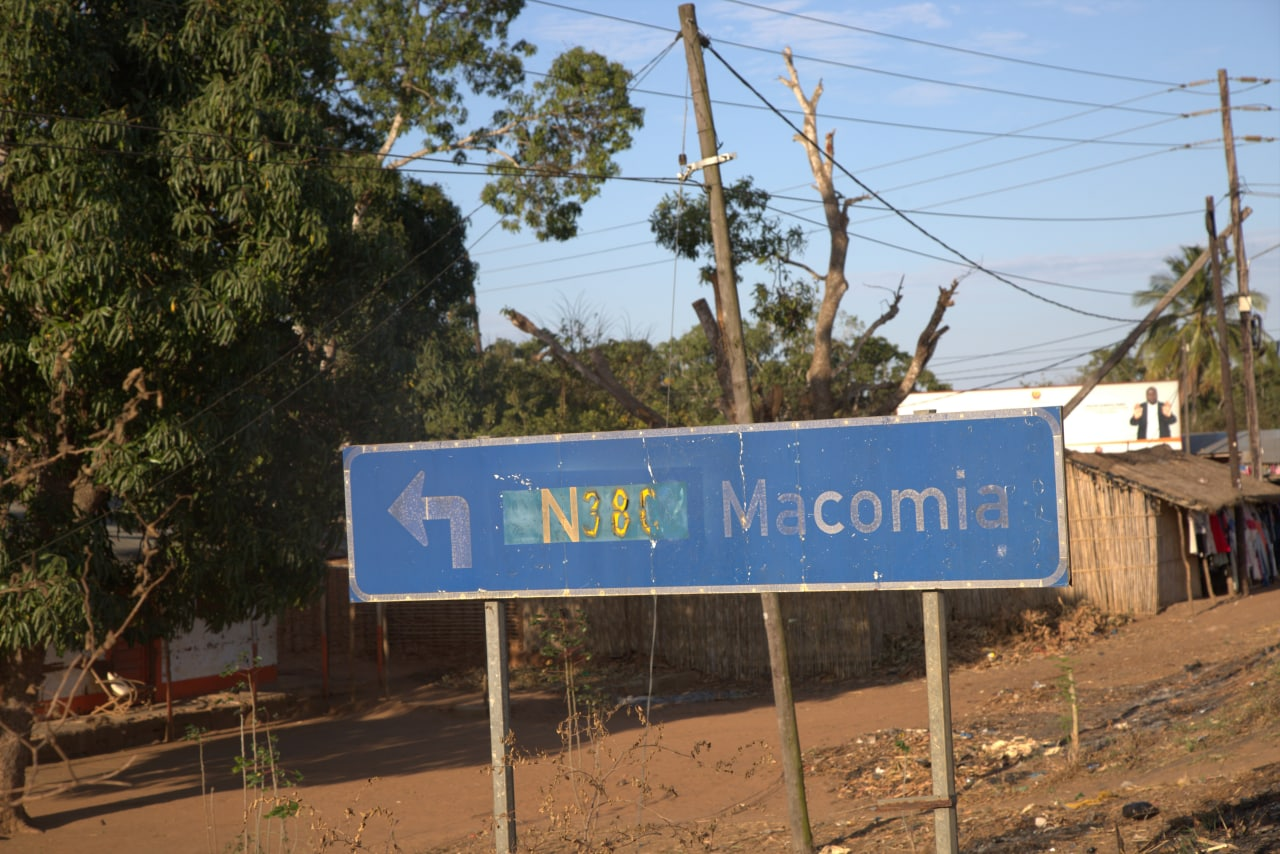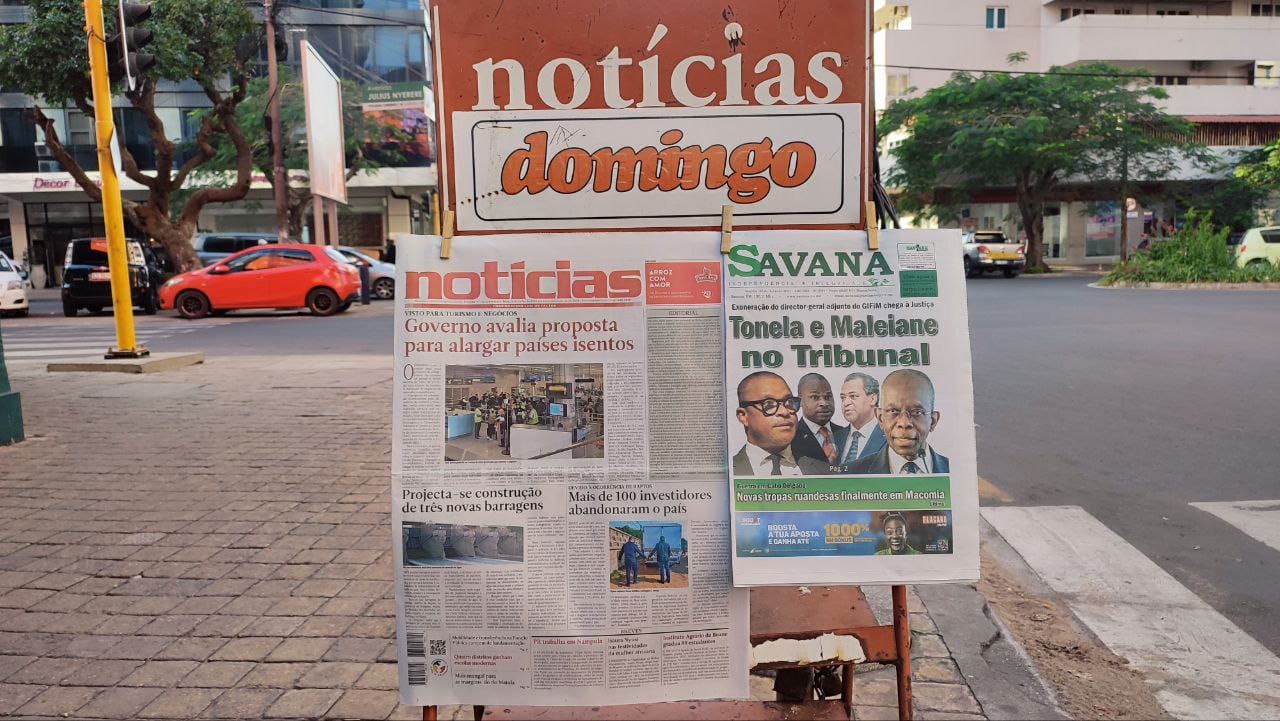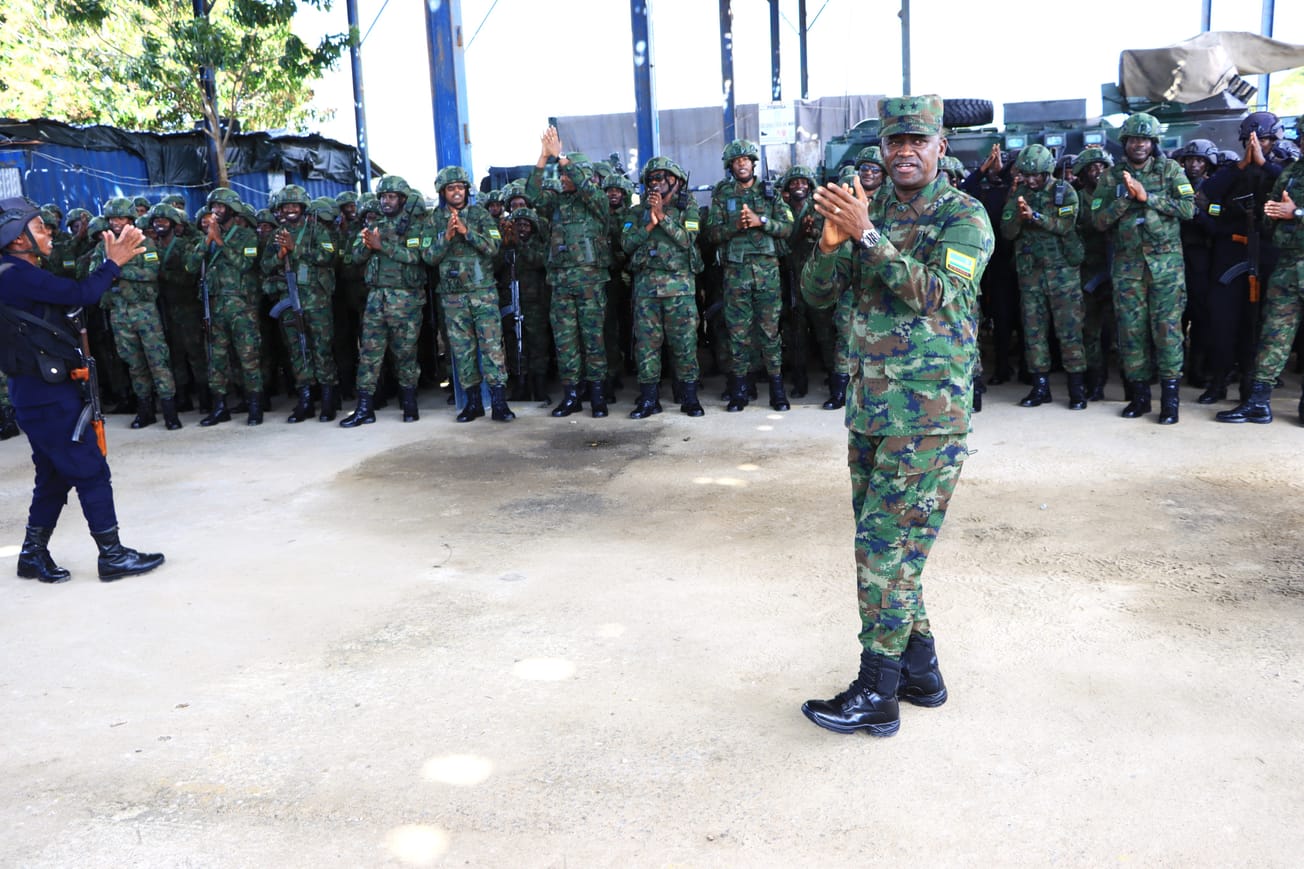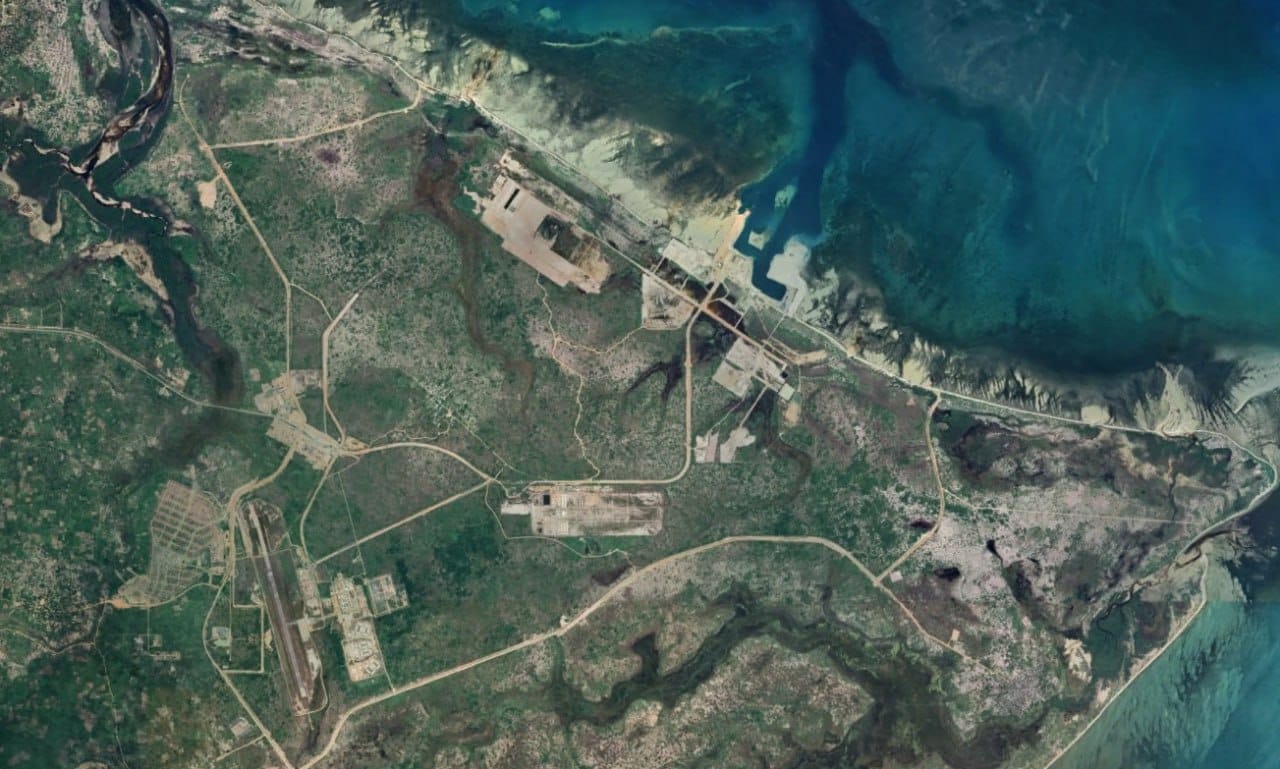By Piers Pigou for the Cabo Ligado Monthly: January 22, published 18 February 2022
The Extraordinary Summit of SADC Heads of State and Government, currently chaired by Malawi’s president, Lazarus Chakwera, met in Lilongwe on 12 January 2022 to consider a report from the Organ Troika that was tasked to assess progress with SAMIM, operational since July 2021. Only five of the 16 heads of state were in attendance.
As usual, the summit communiqué did not give much away, thanking troop-contributing countries and others for providing support, generally praising member states’ efforts to tackle “terrorism,” and pointing out that the regional intervention was using its own resources to tackle the insurgent threat, proudly declaring it a “unique precedent on the African continent.”
The summit agreed to extend the mission’s deployment, but the communiqué did not specify for how long. A subsequent communiqué from the African Union’s (AU) Peace and Security Council (PSC) clarified that the extension was for three months, but several insiders and analysts indicate that the extension is expected to run for six months, with the hope that SAMIM will be able to shift its mandate during this period (on April 16) from “Scenario 6” (i.e., peace enforcement) to “Scenario 5” (i.e., development and peacebuilding). In the current circumstances, this appears unrealistic. SADC’s next Organ Troika summit is scheduled for 31 March, where further progress will be considered.
A detailed assessment of mission progress and needs put together by SAMIM in late 2021 identified an array of issues needing attention in terms of resourcing the mission. No mention was made of this in the summit communiqué, raising concerns in some quarters of a disconnect between realities on the ground and posturing by political leadership and that SAMIM was being expected to fulfil its counterinsurgency mandate on the cheap, and was essentially not fit for purpose. The few hundred troops that are in the field are thinly stretched over several affected districts and lack adequate air support. While they have made progress in several areas, they lack capacity to build adequate intelligence and to respond to ongoing attacks in affected districts.
SAMIM deployments to date are estimated at a third of the size recommended by the April 2021 Technical Assessment Mission. They have relied heavily on special forces components, without sufficient air and naval support or infantry assets. In the circumstances, they have done reasonably well, despite growing criticisms and comparisons with the relatively well-resourced Rwandan mission, from several pro-Kigali media sources.
Improved communications and intelligence sharing between SAMIM, the Rwandans and Mozambican forces have reportedly strengthened the overall response capacity of the joint forces since October, but it is unclear exactly how, and to what extent Rwandan forces will expand operations on the ground beyond their focus. An undertaking to expand cooperation was made by Rwanda the day before the SADC summit, following a high-level meeting between Mozambican and Rwandan security and intelligence bosses in Kigali. This had the makings of a diplomatic faux pas, as SADC members were unaware of this development because Maputo failed to inform the regional body at relevant SADC meetings leading to the 12 January summit. It is unclear why Mozambique chose not to disclose its discussions with Rwanda, given that this would help inform SADC’s own decisions about deployment. Its failure to do so reinforces concerns about Mozambique’s capacity to work effectively with both external missions, frustrating efforts to build and consolidate counterinsurgency collaborations.
The public outcomes of the January SADC summit raised concerns that SAMIM’s resource deficits would not be addressed, but since then, there have been some positive developments in this direction. While some countries, such as Lesotho, have indicated they will struggle financially to maintain current commitments, others, including Namibia, have offered to expand contributions. Zambian and Malawian support is also expected; a cargo plane from the Zambian Air Force arrived in Pemba in late January. South Africa has also decided to ramp up its contribution to SAMIM, bringing on board the 2 South African Infantry Battalion and elements from the Parabats and 4 Special Forces regiment. No mention has been made of providing additional air and naval assets that will be essential for consolidating the mission’s potential.
These additional commitments are positive, but evidently inadequate as SADC seeks additional support for its mission. In the meantime, Rwandans have approached the EU in the hopes that it can provide support for Rwanda’s Mozambican deployment through its new peace facility. SADC has not done the same, despite encouragement from several quarters to do so. The European Peace Facility (EPF), introduced in 2021, replaces the African Peace Facility that had existed for 14 years. The EPF enables the EU to directly finance regional and national military initiatives without having to channel financing through the AU. SADC has traditionally kept the EU at arms-length with respect to key areas of its peace and security work; the politics of sovereignty continues to influence, and several heavy hitters in the regional body are believed to have opposed a direct request for EPF funding. Indeed, some SADC members would prefer an approach for UN funding, although this would require more lengthy and convoluted bureaucratic processes and would also necessitate a level of UN oversight that would likely ruffle feathers in some circles. SADC has applied for limited funds – believed to be about USD $2–3 million – through the AU to the EU’s Early Response Mechanism to bolster civil-military capacity within SAMIM.
The EU must carefully consider whether and how it might underwrite Rwandan operations in Mozambique. Consensus support will be required from all member states, which is by no means a given. The EU might also consider how it ties any additional support to its current training mission; for example, will EU trainers serve as advisors in the field with Mozambican forces, in addition to running training sessions well south of the conflict zone? The EU has also indicated in the past its desire to create synergies between its support for Mozambique’s counterinsurgency and SADC’s efforts to do the same, but has struggled to achieve much in that area. Given the EU’s support for building SADC’s mediation and dispute resolution architecture, it is unfortunate that it has not adopted a more innovative approach to funding for assistance in Mozambique.
On 31 January, the AU’s PSC discussed and adopted a communiqué on SAMIM’s deployment to Cabo Delgado – this was the first time the continental body had focused on the situation in northern Mozambique. The deployment was formally recognized within the framework of the African Standby Force, and SADC was “specifically commended” for its collective leadership putting in place the peace enforcement mechanism. The AU thanked Rwanda for its bilateral support to Maputo, which it described as being “in the spirit of African solutions to African problems,” but put the weight of its recommendations to the African Commission behind strengthening SAMIM. This includes the provision of equipment dedicated to African Standby Force operations that is currently stored in a logistics base in Cameroon, and for direct delivery to SAMIM forces in Mozambique of equipment being donated by China. No detail on what equipment China would provide has been made available. The AU’s PSC has called on the international community, including the UN and EU to support the SAMIM operation. In the meantime, SADC member states will continue to fund their own operations. A current price-tag of $29.5 million for the next three to six months has been projected and without external support, it is likely that South Africa will shoulder the bulk of this.

